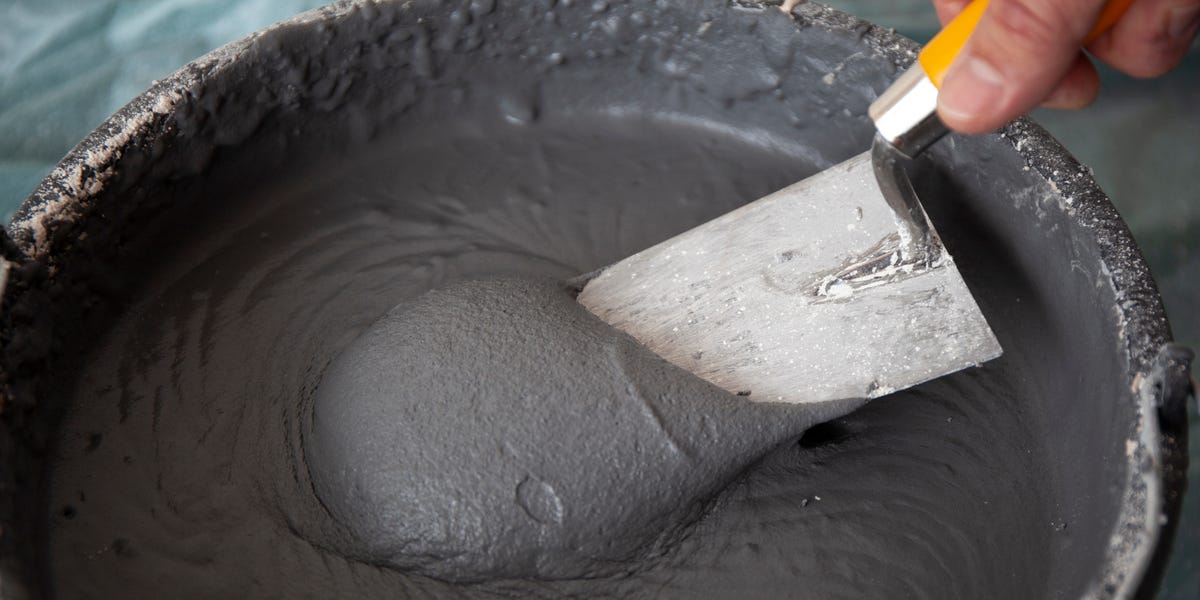Here's what you'll learn when you read this story:
- Engineers at the University of Manchester say their concrete is twice as strong as conventional concrete.
- Engineers believe future space construction will need this solution.
- Potato starch replaces human blood as the main ingredient in the new recipe.
The University of Manchester's StarCrete is twice as strong as traditional concrete, making it a potential solution as a building material for Mars. Add some alien dust and potato starch, and you have a potentially revolutionary new material.
In an article published in the magazine Open engineeringThe research team showed that potato starch can act as a binder when mixed with simulated Martian dust to create a concrete-like material that achieves a compressive strength of 72 megapascals (MPa), more than twice the 32 MPa experienced in ordinary concrete. Of course, mix in moondust instead and you can get StarCrete to 91 MPa.
This starch makes it a possible solution for a construction solution on Mars, according to the researchers, as astronauts mix Martian soil with potato starch – and a pinch of salt, no joke – to create extraterrestrially suitable concrete.
The team's previous recipes did not use potato starch, but instead offered blood and urine as binding agents to achieve 40 MPa. However, not every astronaut would be enthusiastic about constantly draining their blood to build in space.
“Since we will be producing starch as food for astronauts, it made sense to think of it as a binder rather than human blood,” says Aled Roberts, research scientist at the Future Biomanufacturing Research Hub and lead researcher on the project, in a press release. “And besides, astronauts probably don’t want to live in houses made of scabs and urine.”
Potato starch could also simplify the process, as 55 pounds of dehydrated potatoes contain enough starch for nearly half a ton of StarCrete, which is equivalent to 213 bricks (a typical three-bedroom home requires 7,500 bricks).
“Current construction technologies still require many years of development and require a lot of energy and additional heavy processing equipment, which increases the cost and complexity of a mission,” says Roberts. “StarCrete requires none of this, simplifying the mission and making it cheaper and more viable.”
Research showed that magnesium chloride, obtained either from the surface of Mars or even from the tears of astronauts, “significantly improved the strength” of the new material.
Now comes the transition of StarCrete from the lab to the real world. And by the real world we mean both Earth and Mars.

Tim Newcomb is a journalist based in the Pacific Northwest. He covers stadiums, sneakers, gear, infrastructure and more for a variety of publications, including Popular Mechanics. Some of his favorite interviews included meetings with Roger Federer in Switzerland, Kobe Bryant in Los Angeles and Tinker Hatfield in Portland.
